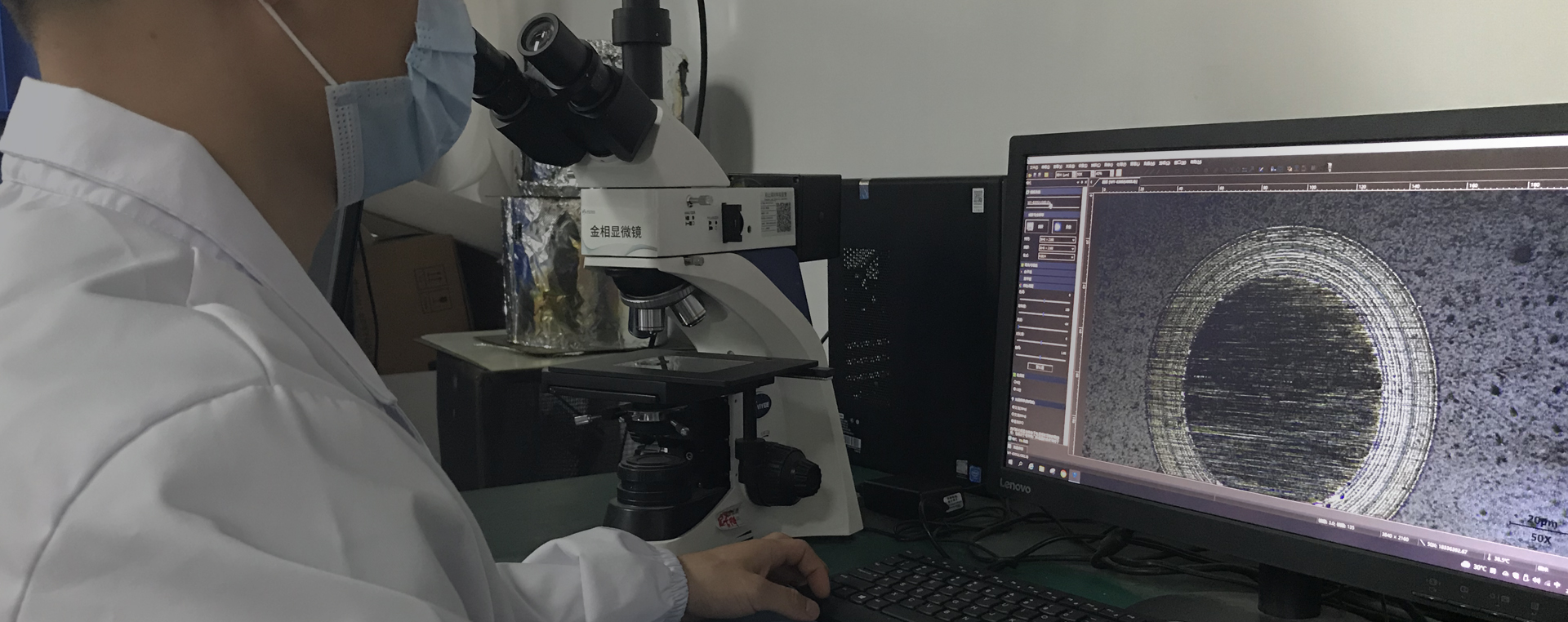Difference between vacuum magnetron sputtering coating technology and vacuum evaporation coating technology
Difference between vacuum magnetron sputtering coating technology and vacuum evaporation coating technology
Vacuum magnetron sputtering coating technology is different from vacuum evaporation coating technology. Sputtering refers to the phenomenon of nuclear particles bombarding a solid surface (target), so that solid atoms or molecules are ejected from the surface. Most particles are atomic states, often called sputtering atoms. The sputtered particles used to bombard the target can be electrons, ions or neutral particles, because ions can easily accelerate the kinetic energy required under the electric field, so most of them use ions as bombardment particles. The sputtering process is based on photodischarge, that is, the sputtering ions come from a gas discharge. Different sputtering techniques use different photodischarge methods. Dc dipole sputtering adopts DC optical discharge, tripole sputtering adopts hot cathode supported optical discharge, RF optical discharge and magnetron optical discharge controlled by ring magnetic field.
Vacuum magnetron sputtering coating technology has many advantages over vacuum evaporation coating technology. Such as any substance can sputter, especially high melting point and low vapor pressure elements and compounds; Good adhesion between sputtering film and substrate; High membrane density; Controllable film thickness and good repeatability. The disadvantage is that the equipment is complex and requires high pressure devices.
In addition, evaporation method and sputtering method is combined, that is, ion plating. This method has the advantages of strong adhesion, high deposition rate and high film density.
 18922924269
18922924269
